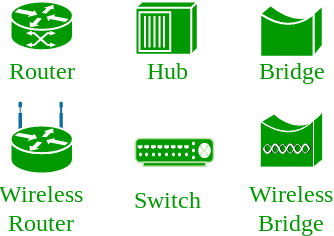RHCSA
Red Hat System Administration I (RH124)
Red Hat System Administration I provides
a foundation for students
wishing to become full-time Linux system administrators by introducing
key command line concepts and other enterprise-level tools. These
concepts are further developed in the follow-on course, Red Hat System
Administration II (RH134).
wishing to become full-time Linux system administrators by introducing
key command line concepts and other enterprise-level tools. These
concepts are further developed in the follow-on course, Red Hat System
Administration II (RH134).
Course content summary
Ø Introduction
to the command line
Ø Managing
physical storage
Ø Learning
how to install and configure software components and services
Ø Establishing
network connections and firewall access
Ø Monitoring
and managing processes
Ø Managing
and securing files
Ø Administrating
users and groups
Ø Accessing
Linux file systems
Ø Installing
and using virtualized systems
Ø Reviewing
the system log files and journal
Course
Outline:
Ø Access the command line :
Ø Manage files from the command line :
Ø Get help in Red Hat Enterprise Linux :
Resolve
problems by using online help systems and Red Hat support
utilities.
Ø
Create, view, and edit text files :
Create,
view, and edit text files from command output or in an
editor.
Ø
Manage local Linux users and groups :
Manage local Linux users and groups, and
administer local password policies
Ø Control access to files with Linux file system permissions :
Set Linux file system permissions on files and interpret the security effects of different permission settings.
Ø Monitor and manage Linux processes:
Obtain information about the system, and control processes running on it.
Control services and daemons :
Control and monitor network services and system daemons using system
Ø Configure and secure OpenSSH service:
Access
and provide access to the command line on remote systems securely using OpenSSH
Ø Analyze and store logs:
Locate
and accurately interpret relevant system log files for
troubleshooting purposes.
ØManage Red Hat Enterprise Linux networking:
Configure
basic IPv4 networking on Red Hat Enterprise Linux systems.
ØArchive and copy files between systems:
Archive
files and copy them from one system to another.
Download,
install, update, and manage software packages from Red
Hat and yum package repositories.
Access and inspect existing file systems on a Red Hat Enterprise Linux system.
Create and use Red Hat Enterprise Linux virtual machines with KVM and libvirt.
Practice and demonstrate the knowledge and skills learned in this course.
Ø Install and update software packages
ØAccess Linux file systems
Access and inspect existing file systems on a Red Hat Enterprise Linux system.
Ø Use virtualized systems
Create and use Red Hat Enterprise Linux virtual machines with KVM and libvirt.
Ø Comprehensive review
Practice and demonstrate the knowledge and skills learned in this course.
File System hierarchy:
/
Directory:
Is top most directory Enter operating system
files mounted this directory
/BIN:
It have executed files
like commands. Accepted by root user and
normal users.






No comments:
Post a Comment